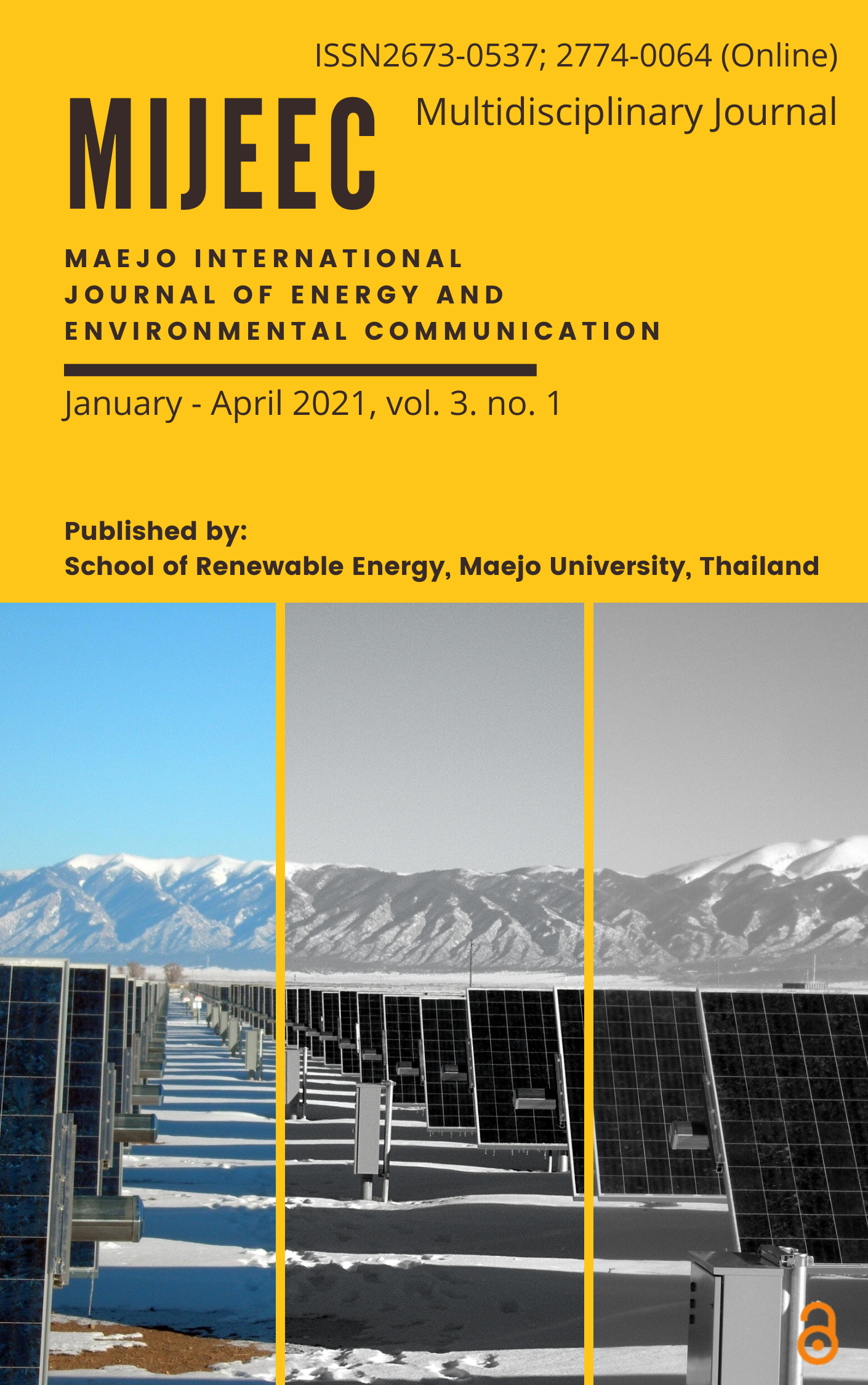Biodiesel (Methyl Esters)
Main Article Content
Abstract
Biodiesel, an environmentally friendly biomass-based fuel, is gaining popularity globally as a cost-effective way to meet rising fuel demand. However, the high cost of raw materials and catalysts continues to drive up biodiesel production. An alternative feedstock with a heterogeneously catalyzed reaction could be the most cost-effective way to stabilize industrial biodiesel growth. Understanding these issues led to the idea of using waste palm oil as a feedstock for biodiesel production. While using waste materials as feedstock for biodiesel is an elegant solution, converting high free fatty acids (FFA) directly into methyl esters has some drawbacks. High FFA processes (acid esterification, then base transesterification) are costly. The commercial processes currently use a homogeneous system with sulfuric acid to catalyze both esterification and transesterification. However, heterogeneous solid acid catalysts are preferred over hazardous mineral acids for high FFA esterification because they are less corrosive, produce less waste, and are easier to separate from reactants and products by filtration, recovery, and reusability. Heterogeneous acid catalysts can also simultaneously catalyze transesterification and esterification reactions. Thus, new waste-based support for heterogeneous catalysts (solid acid catalysts) is required to convert waste oils into biodiesel.
Article Details
Copyright © 2019 MIJEEC - Maejo International Journal of Energy and Environmental Communication, All rights reserved. This is an open-access article distributed under the terms of the Creative Commons Attribution-NonCommercial- Attribution 4.0 International (CC BY 4.0) License






